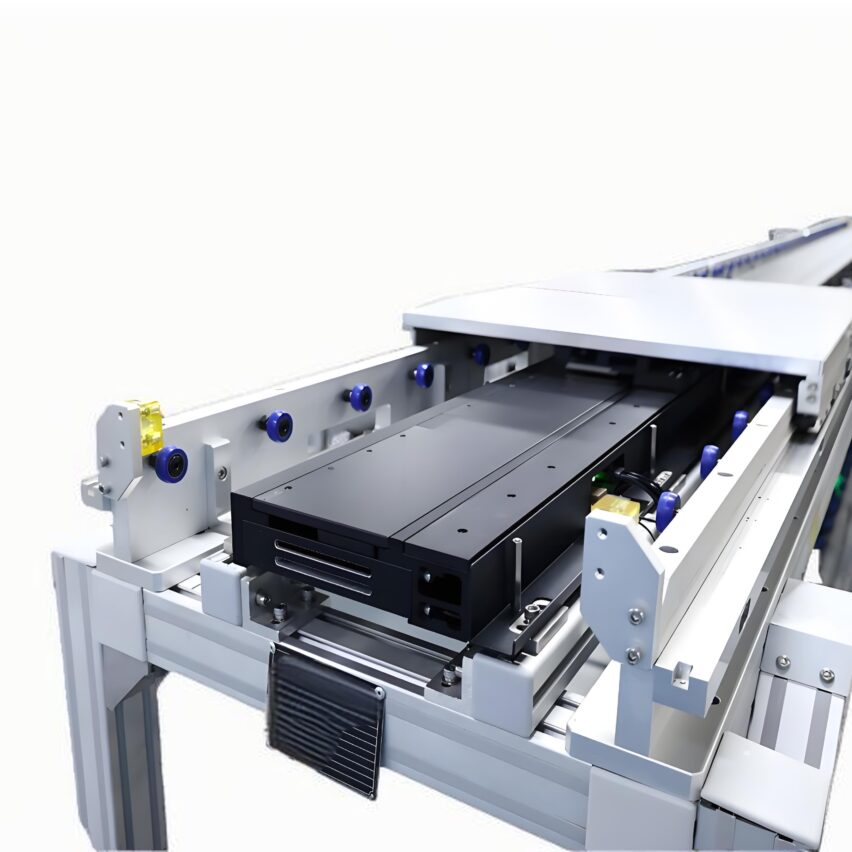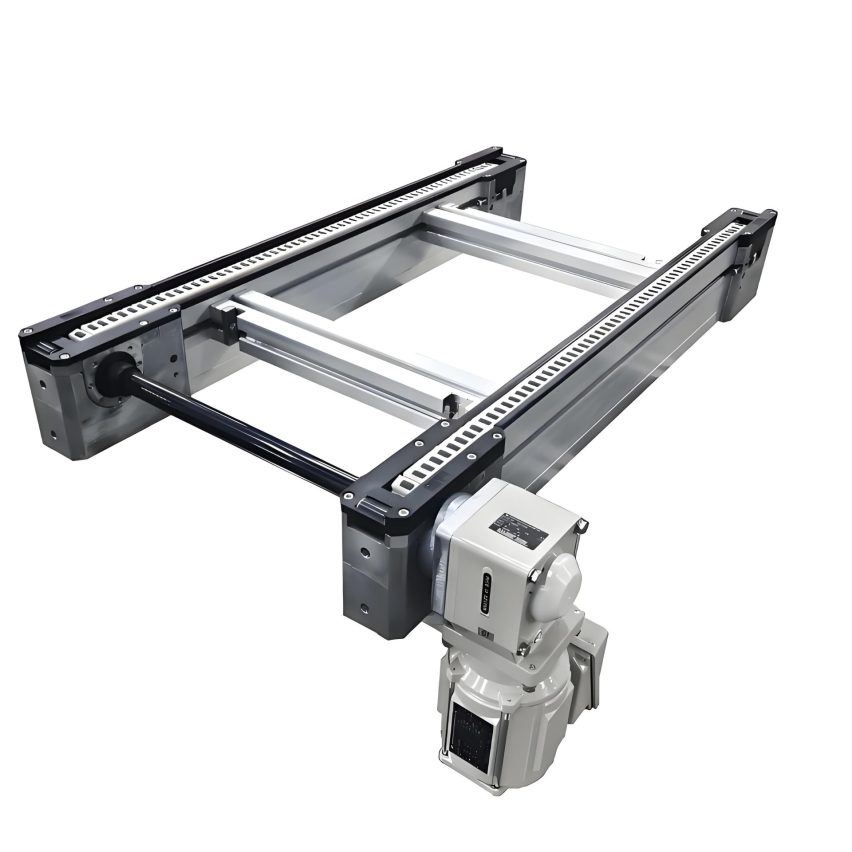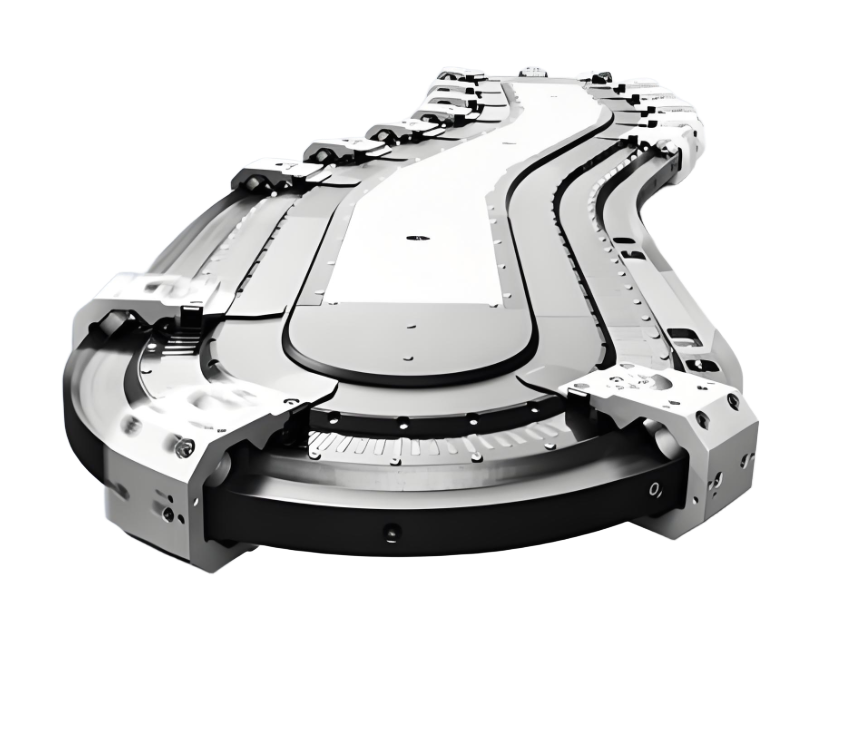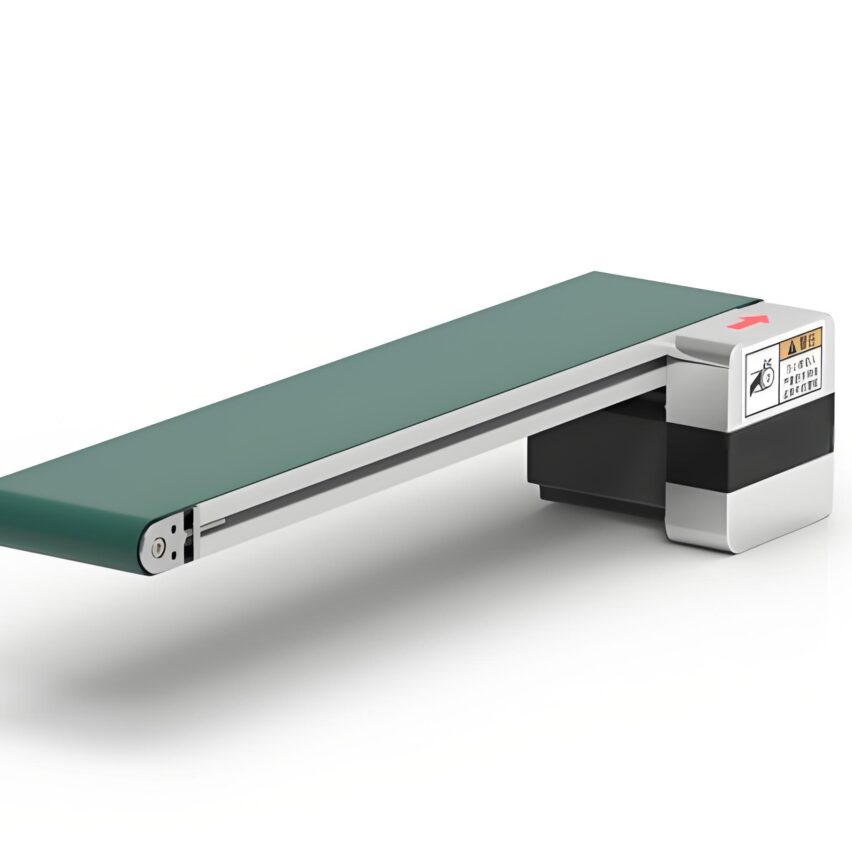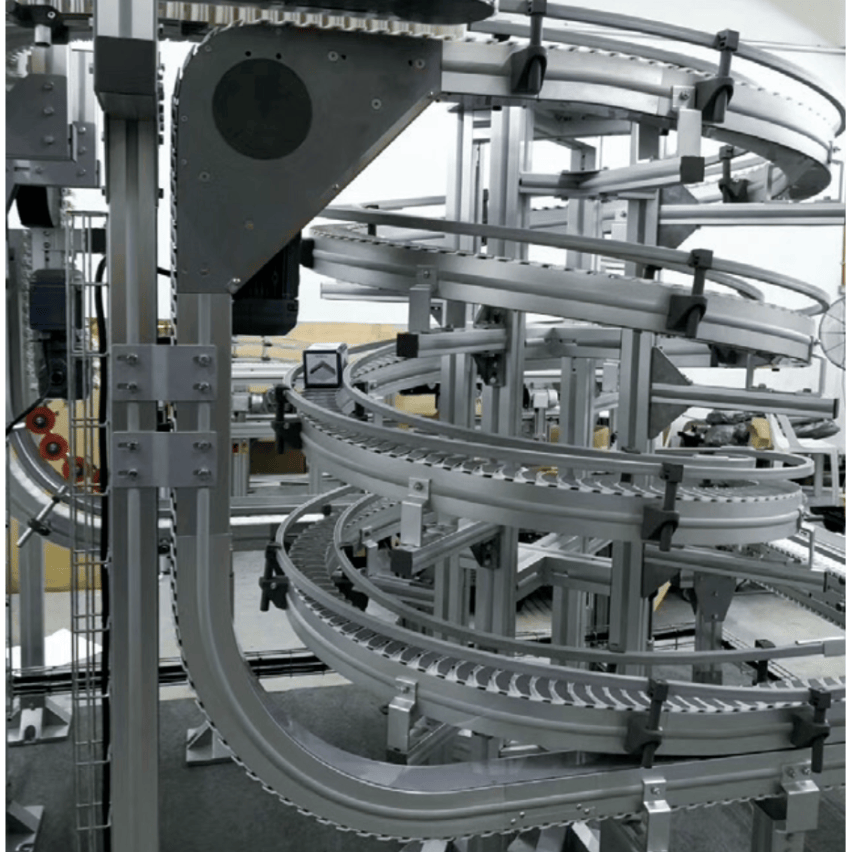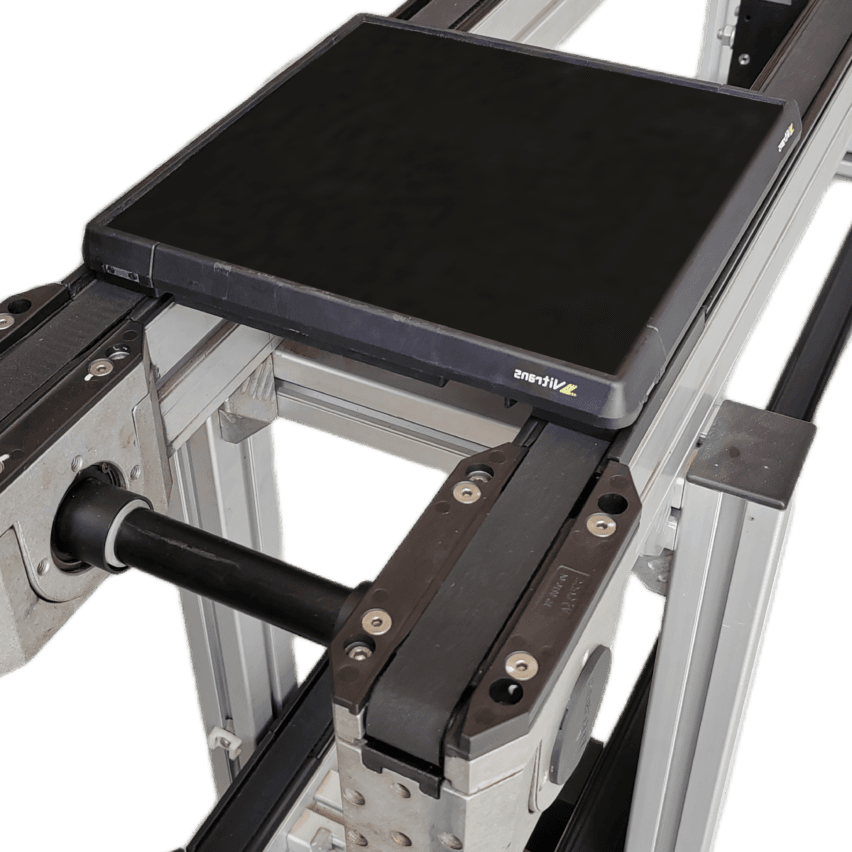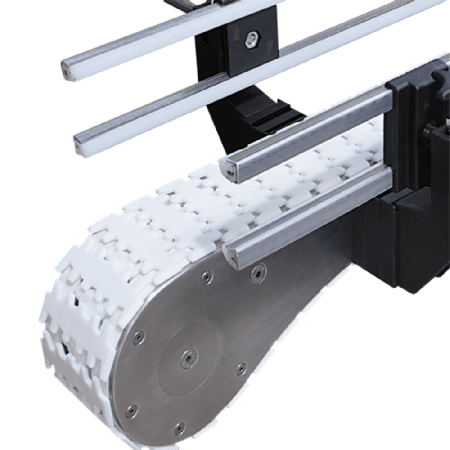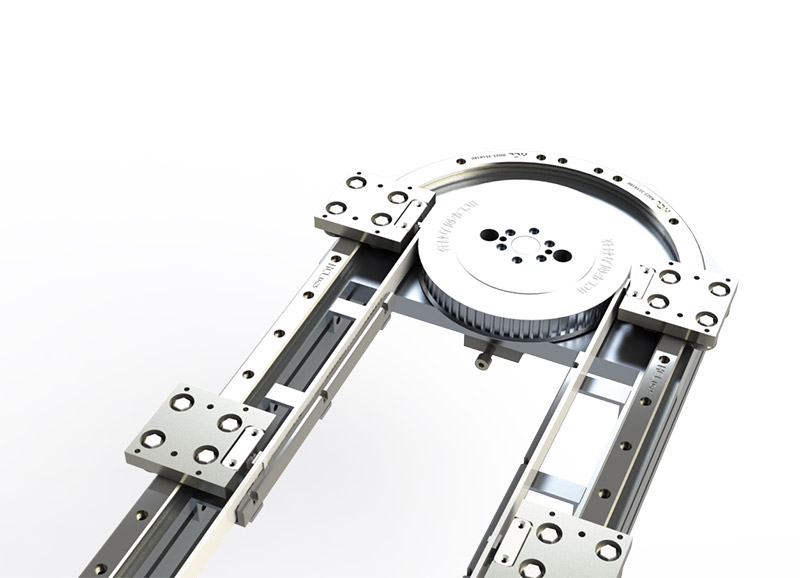 I. Horizontal calibration: difference of 1 mm ruins the whole line, in the end how to check?
I. Horizontal calibration: difference of 1 mm ruins the whole line, in the end how to check?
Ask yourself: is it enough to test with a regular level?
The truth is solid: it's definitely not enough!Laser levels are the way to go. Sectional testing is required for acceptance:
- Levelling of guide rails: Deviation per metre ≤ 0.5mm (overshooting is corrected with adjustable feet)
- Drive shaft alignment: Radial deviation ≤ 0.08mm (over the limit bearing half a year must be scrapped)
- Chain parallelism: Double chain spacing error <1mm (or else the tooling plate seizes up)
Three-step pinpointing method::
- levelling: Ground with a 2-metre ruler test, gaps > 3mm must be polished
- laser marking: Projection datum line along the equipment axis, error band ≤ 0.3mm
- Dynamic review: Track amplitude <0.1mm when running without load, measured with a per centimeter.
 Secondly, hard indicators of acceptance: failing these data = laying mines!
Secondly, hard indicators of acceptance: failing these data = laying mines!
No-load mandatory measurements::
| Test items | Tools and methods | Qualifying standards |
|---|---|---|
| Start-up smoothness | stopwatch | 0→Maximum speed >8 seconds |
| noise control | Sound level meter measured at 1 metre | ≤72dB (A-weighted) |
| Chain droop | Tensiometer/Straightedge Measurement | Span 2%-3% (e.g. 1 metre span sag 20-30mm) |
Load life and death line::
- Current Stability: Motor current fluctuation <±5% (overshooting indicates over-tightening of the chain)
- temperature rise threshold: Temperature rise on the surface of the chain ≤35℃ (not hot when touched by hand for 3 seconds)
- position accuracy: Repeatability error of stopper <0.1mm (over 0.5mm adjustment of cylinder stroke)
A case of blood and tears: A factory ignored the temperature rise detection, chain high temperature stretch 3% - six months after the jump chain crashed 20 work plate!
 III. Routine maintenance: a list of pitfalls to save a little money and fix a lot of money
III. Routine maintenance: a list of pitfalls to save a little money and fix a lot of money
Monthly crash prevention triple check::
- Chain lengthening criminal investigation::
- Marking 10 chain lengths (standard pitch 50.8mm)
- Elongation >3% Immediate replacement(Overrun jump chain risk ↑ 300%)
- Sprocket Gnawing Inspection::
- Tooth surface coated with reddish powder, contact spot<80%→Correct sprocket phase
- Tooth root wear >1mm → Replace the whole chain with a new one.
- Rattle Diagnostic Code::
- (onom.) clunk→ Sprocket pair tooth offset (check keyway clearance)
- drone→ Loose bracket bolts (torque spanner retightened to 35 N-m)
- whine→ Lack of food-grade lubricants (Molybdenum disulphide banned!)
The Order of Lubricating Life and Death::
- misoperation: Motor oil splash (adsorption of dust ground into sandpaper)
- lethal operation: Grease blocked rollers (resulting in sleeve dry wear rupture)
- Gold Operation: High temperature chain oil spray, 0.1 ml/section every 8 hours
 Fifteen Years of Violent Arguments from a Veteran of Maintenance
Fifteen Years of Violent Arguments from a Veteran of Maintenance
Dead on level at acceptance?It's foundation settlement that's the invisible killer.--Re-test the base elevation with total station every quarter, and grout immediately for reinforcement if the offset is >2mm!
Maintenance fees too expensive? Do the maths:
"Save" the tensiometer.→ tensioning error exceeds 10% → motor consumes 40% more electricity → annual wasted electricity cost = 3 new chain prices
"Forgetting" to check sprocket teeth→ Tooth pitting not detected → Abnormal stretching of the chain → Loss of >800,000 for the whole line stoppage
Remember these three iron rules:
Precision is saved.Laser calibrator investment <1% equipment price, but life expectancy ↑5 years
Security is keyed up.: Emergency stop response > 0.5 seconds? The ticket arrives before the repair order!
Reliability is calculated.Temperature rise of more than 1 ℃, the bearing life of half chopped
(Data source: database of factory failures in 11 provinces in 2025 + actual measurements on ISO 9001-certified production lines)

